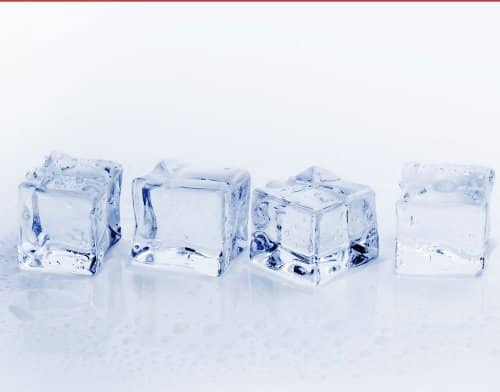In the last decade, the industry has turned its focus to cosmetic fillers, with brands like Juvederm and Radiesse among the most popular of these kinds of products. These products aim to rejuvenate aging and/or photodamaged skin. Although these two product lines are used for almost similar indications, each of them has their own characteristics worth noting.
There are many conditions that need to be considered when choosing a dermal filler. An ideal facial filler that can restore volume and the skin complexion should be cohesive, adaptable to the surrounding tissues, and biocompatible. Other features to consider are the following:
- Duration of the effect;
- Safety;
- Minimal downtime;
- Expected performance;
- Reversibility;
- Hypoallergenic and non-pyrogenic.
As the two popular brands, Juvederm and Radiesse have much to offer based on their composition and function.
The similarities between Juvederm and Radiesse
The Juvederm line and Radiesse are indicated for correcting moderate-to-severe wrinkles and folds. These include nasolabial folds near the mouth. As they are both approved by the FDA, Juvederm products and Radiesse can be found in dermatology clinics nationwide.
Juvederm products and Radiesse are injected intradermally. This process, also known as nonsurgical facial restoration, can be safely completed if done by a professional. The solution can be mixed with an anesthetic, such as lidocaine, to increase the comfort of patients during the injection. Each treatment, depending on the size of the area, can take, on average, 30 minutes to complete.
The differences between Radiesse and Juvederm
Although these products share similar indications and purposes, practitioners may choose one over the other due to many reasons.
Ingredient
Radiesse’s main component is calcium hydroxylapatite (CaHA) microspheres that are suspended in an aqueous gel carrier of sterile water, glycerin, and carboxymethylcellulose (USP). CaHA is a biosynthetically-produced material that has been used in various medical devices for the past 30 years. This molecule shares the same chemical make-up as our bone and teeth, which signifies its high safety profile.
The Juvederm line of product’s main component is hyaluronic acid, with low levels of animal protein that is derived from bio-fermentation. After this sourcing from equine streptococci is completed, the HA is then processed using either Hylacross or Vycross Technology, for the purpose of cross-linking HA strands together, forming a more durable compound of varied concentrations. The product’s final configuration is similar to that of naturally-occurring HA found in the human extra-cellular matrix.
Mechanism
CaHA microspheres in Radiesse functions as a scaffold for the available fibroblasts to produce new collagen. Once it is deposited into the dermal layers of the soft tissue, the particles stimulate fibroblastic growth. Within two to three months, the carboxymethylcellulose and the product’s particles metabolize via the bone debris pathway to eliminate itself from the site. The mimicry of CaHA within the surrounding environment reduces any chances of calcification or migration. The new collagen will last for up to one or two years.
The mechanism in Juvederm products, however, is more direct. The HA implant creates the volume required for the area. It also attracts neighboring moisture molecules for hydration. In some respects, the nutrients can support new production of collagen and elastin fibers. Unlike CaHA, HA molecules lift the skin on their own.
Indications
Radiesse has received FDA approval for treating both moderate-to-severe nasolabial folds and the back of the hands. For the latter, it restores volume and reduces the visibility of tendon and veins caused by aging. Radiesse is also a favorite for cheek volumization, as the new collagen it creates has been shown to be highly resistant to collapse.
Juvederm’s wide range of products have a corresponding wide range of indications, so this product line can correct more areas. The FDA has certified Juvederm products to be safe for treating moderate-to-severe wrinkles and folds near the cheeks and crow’s feet. Juvederm products can temporarily correct concerns such as acne scars, nasolabial folds, cheek depressions, frown lines, marionette lines near the mouth, and even lip augmentation.
Durability
The duration of action of each product line greatly depends on the practitioner’s expertise in handling it and the tolerability it shows within the patient’s dermal layer. Each brand has refined its implant to produce the safest yet durable filler within the body.
For Radiesse, the effect is immediate and can last for a year or two. Juvederm, however, varies according to product and the indications involved. Juvederm XC can last for a year. For Juvederm Vollure and Voluma XC, clinical reports have shown observable improvements can last up to 18 months.
Conclusion
Juvederm products and Radiesse are excellent dermal fillers that can help rejuvenate the skin to a youthful-looking state. The advantage of using Juvederm products and/or Radiesse is they have minimal downtime and are noninvasive.





















